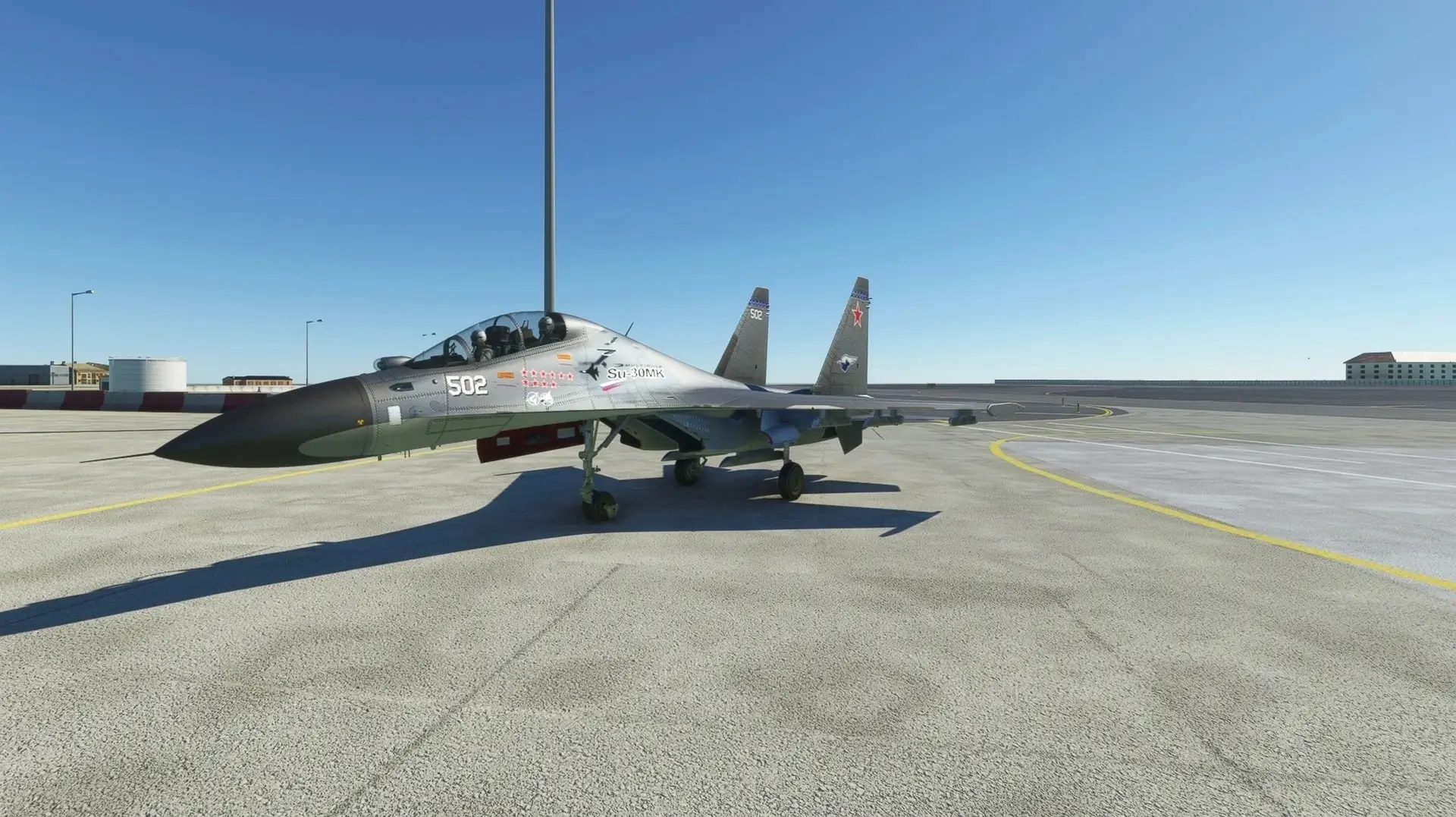"The Su-30 is a twin-engine, tandem 2-seat, supersonic multirole military combat aircraft developed by Sukhoi of Russia. The jet took its maiden flight on December 31, 1989, and it entered service in 1996. More than 600 have been manufactured in a series of variants. It remains in use by the militaries throughout the world, including those of Russia, Malaysia, and India, among others.
The Su-30 performs a wide spectrum of missions, with a focus on surface attack. It can undertake the functions of air superiority, deep strike, light bombing, interdiction, a full spectrum of attack roles including air-to-ground and maritime, ISR (intelligence, surveillance, and reconnaissance) data collections, and other tactical capabilities.
The Su-30 was developed from Sukhoi’s successful Su-27, with the notable addition of a second seat, improved avionics, and surface attack systems. Like its progenitor, the Su-30 is renowned as a supermaneuverable aircraft. Sukhoi developed variants that include such additions as thrust vectoring and canard foreplanes for optimized maneuverability.
The Su-30 measures 72 feet in length, stands 20 feet, 10 inches tall, and features a swept main wing with a span of 48 feet, 3 inches. It has an empennage that comprises twin vertical stabilizers and flying tailplanes. It is armed with a single 30mm autocannon and has 12 hardpoints for stores including external fuel tanks, targeting pods, air-to-air and air-to-surface missiles, rockets, and bombs.
The jet is powered by two Saturn AL-31F afterburning turbofan engines that each generate up to 16,700 pounds of thrust in military power and 27,560 pounds with afterburner. It has a range of 1,900 miles, a service ceiling of 56,800 feet above sea level, and a climb rate of 45,000 feet per minute. It has a maximum speed of 1,320 miles per hour and a g limit of +9.
"






